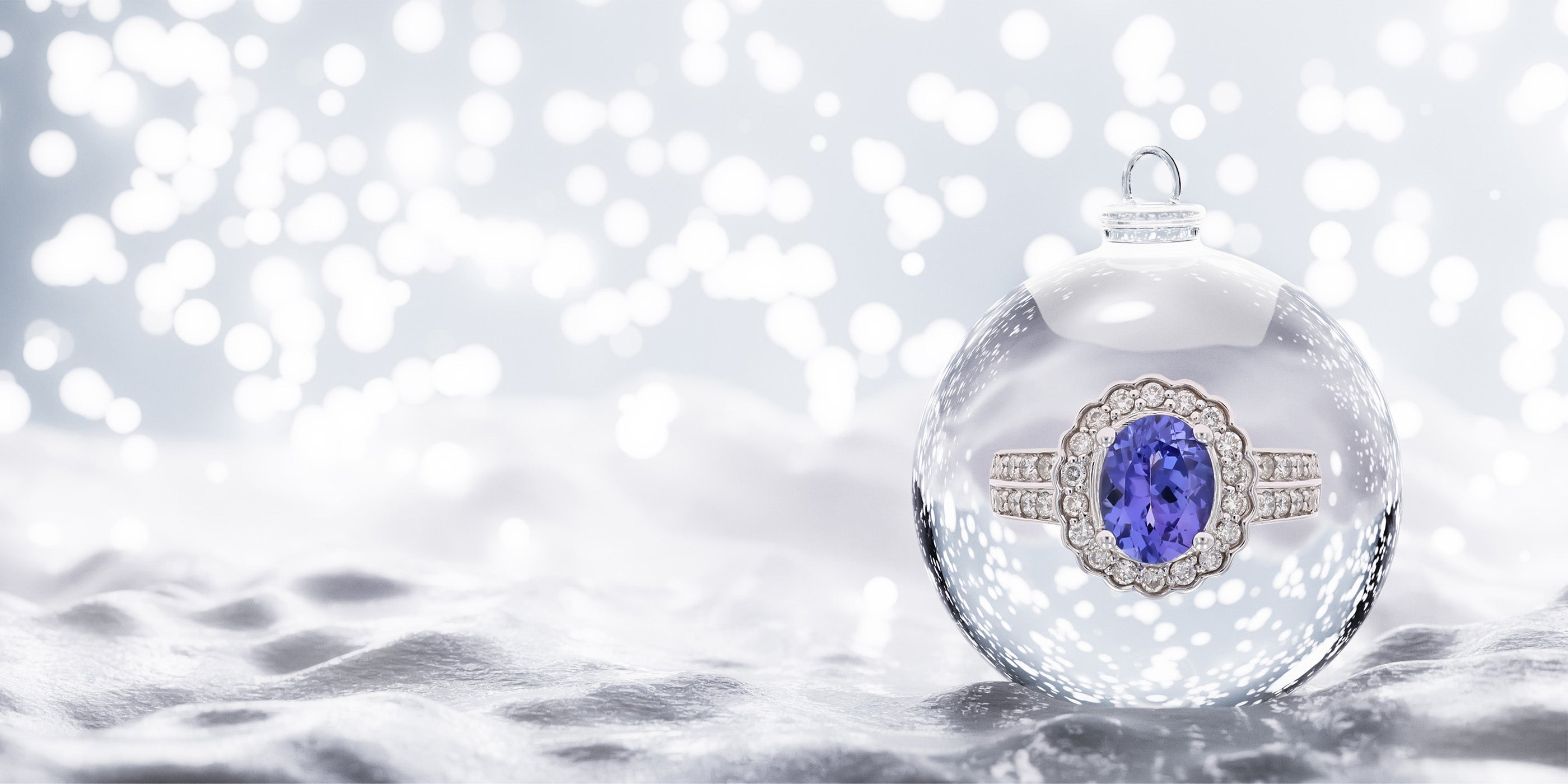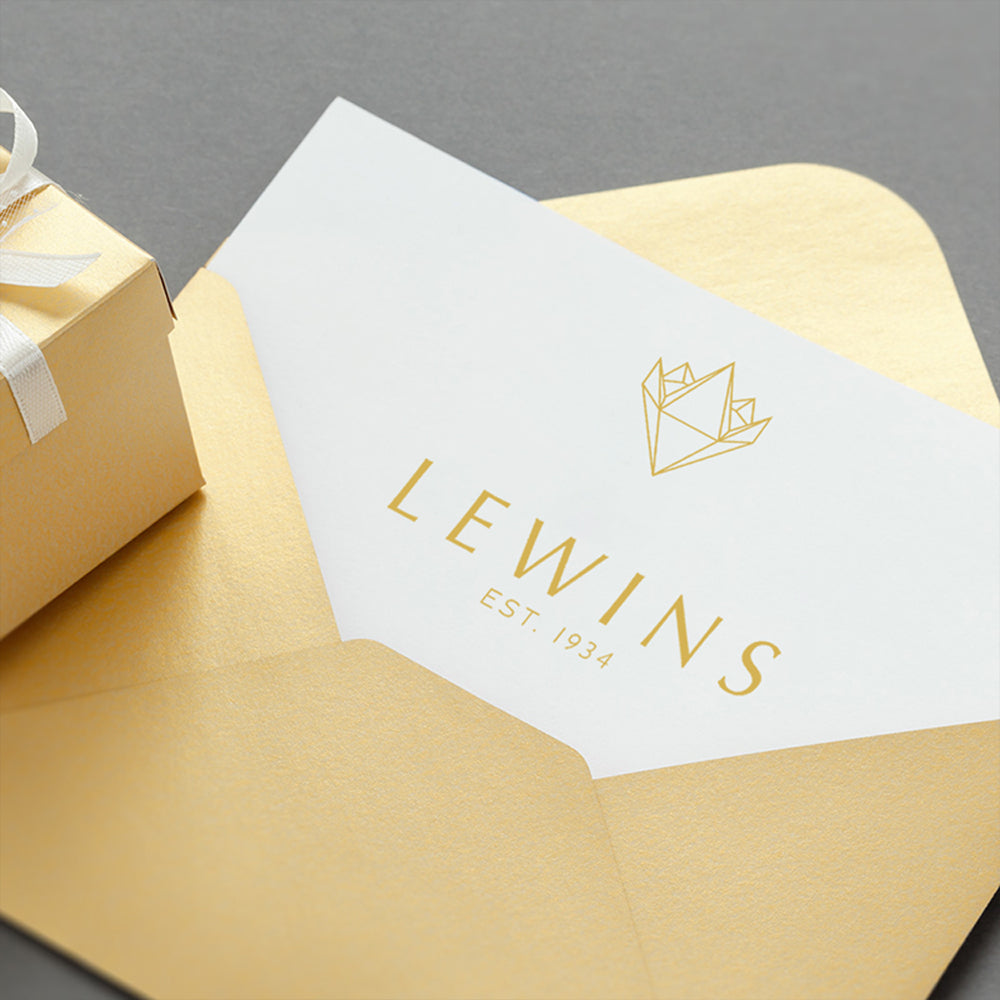Gem Lore:
Tanzanite - is named and derived from the locality of Tanzania (the Merelani Hills near Mount Kilimanjaro), where the gemstone is exclusively sourced. The gemstone possesses strong pleochroism, a phenomenon that when seen from different angles, displays (trichroism) three colours: Blue, Pink & Yellow, if unheated. This relies on Tanzanite being doubly refractive, whereby a ray of light passing through the gem, would split into two. When viewed through polarising filters, these rays of light absorb different parts of the visible light spectrum (white light), resulting in two different colours being seen at a time.
The coveted variety belongs to the family of Zoisite. Tanzanite radiates an intense saturation of blue to violet, which along with its geographical rarity and high clarity, fuels the demand and attention this gemstone so deservedly receives. Although, a fairly recent find in 1967, this gemstone has vastly impacted the gemological and jewellery world.
Currently, there are no standard bespoke alterations, available for this item. However, if you have a question regarding an alteration you wish to make to the item, please let us know. You can either fill out the enquiry form below, or contact us directly. We will see if we can help to make any provisions for your request, or advise you further.
Jewellery Care Precautions:
Avoid direct contact with: perfume, lotions, skincare, hairspray / other chemicals. Remove, your jewellery: when showering, swimming (as both chlorine and saltwater will react with metals), washing your hands / using hand sanitisers, before going to bed or when participating in physical activities (going to the gym, exercising, gardening, housework etc….).
Beware, metals may tarnish over time due to oxygen contact and natural body oils. Prevent items from being exposed to moisture and direct sunlight, for long periods. Store jewellery in a dry place away from humidity, in a pouch/jewellery box and keep each piece separated from each other. Care, for your jewellery by cleaning with a soft dry cloth.
White Gold:
White gold is not an element and does not occur naturally in a pure form. Pure yellow gold is mixed with alloys of white metals (such as palladium) to produce, a silver coloured alloy, known as white gold. It is further coated in a precious metal called rhodium (an element that derives from the same metal family as platinum), to increase its lustrous sheen and protect it from tarnishing and scratching.
Over time with exposure to oxygen and moisture, the rhodium coating will naturally wear and you will begin to see the natural yellow colour of gold. Rings will experience this more than other types of jewellery. The general guide for re-applying rhodium coating to your rings is between 1-2 years. However, the rate of wear depends on the pH level of your skin, exposure and contact to chemicals. For professional cleaning and rhodium coating, our workshop will provide the TLC your jewellery needs.
Tanzanite, Zoisite:
Hardness: 6.5, Brittle | Toughness: Fair to Poor | Stability: Good
Extreme Caution, Avoid: Sudden Impact (pressure, knocks), Extreme Temperature Change (thermal shock), Jewellery Cleaners (ultrasonic, steam cleaners).
Gemmological Observation: Tanzanite has a low durability, which means that extra care has to be taken when worn. Avoid wearing Tanzanite-set jewellery during activities or any rough handling, such as: gardening, housework or any activity which damage could occur. If set into a ring, it would be better suited for a dress ring, rather than a ring that is worn everyday - such as an engagement ring. As this stone has a low hardness it is more susceptible to scratches and abrasions with other harder materials. It is also very brittle, which means that cleaning equipment such as ultrasonics or steam cleaners have to be avoided, as these will cause the stone to fracture.

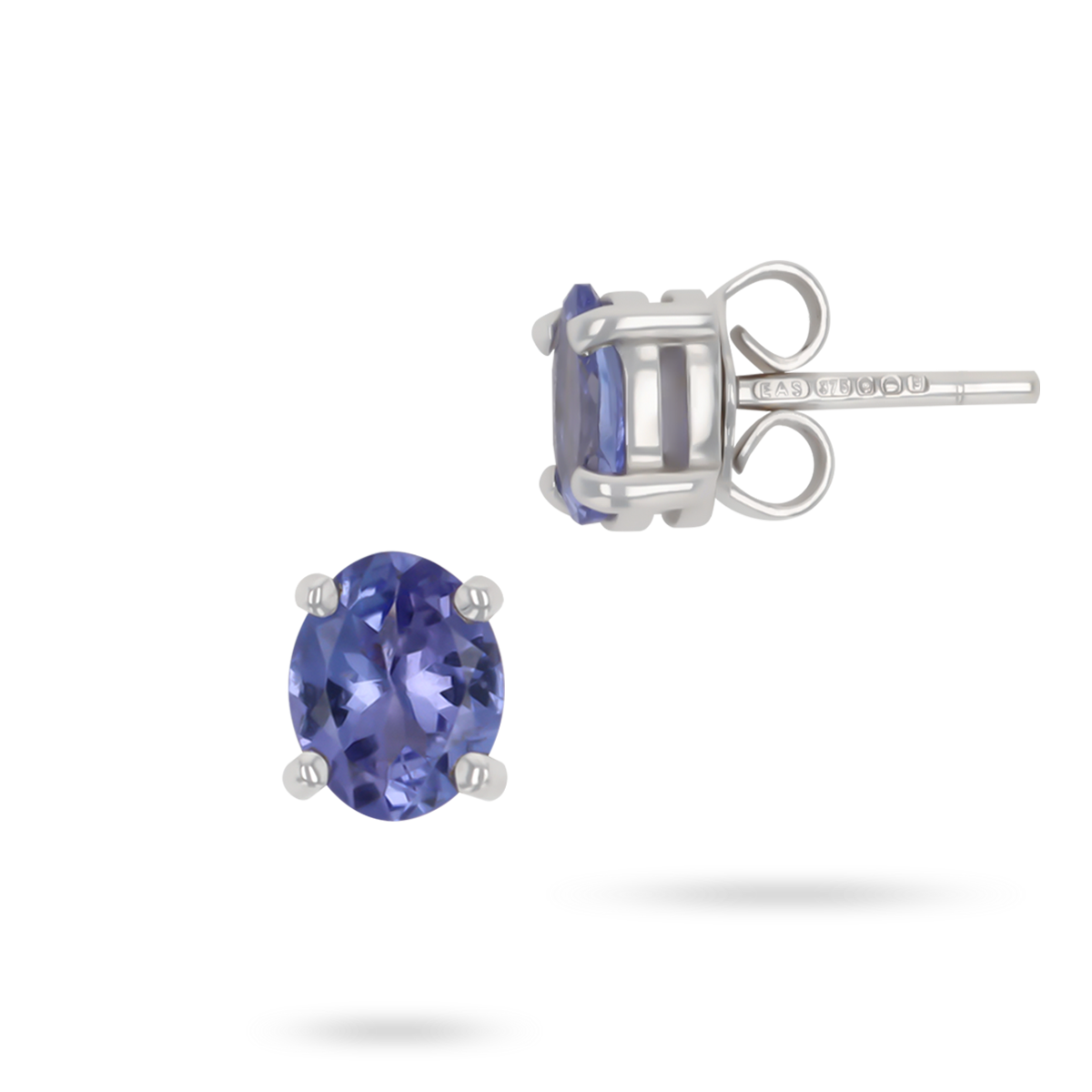


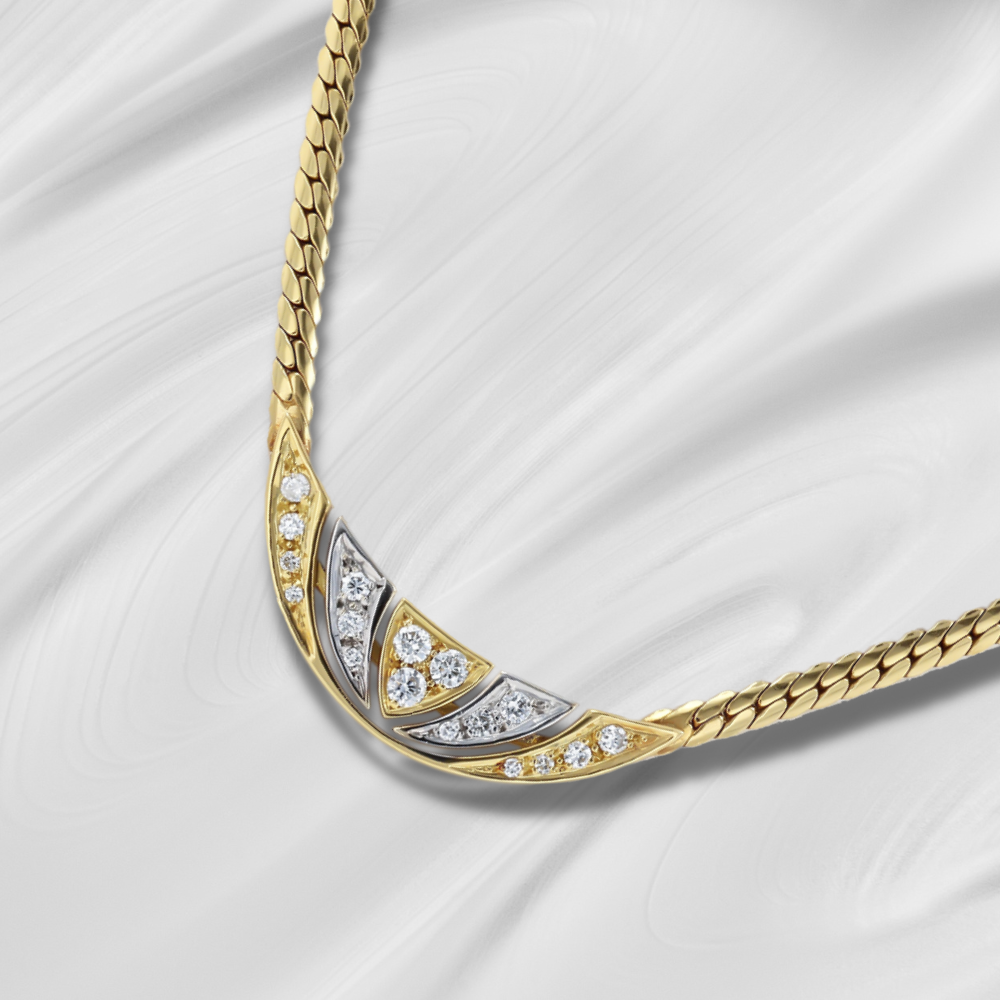

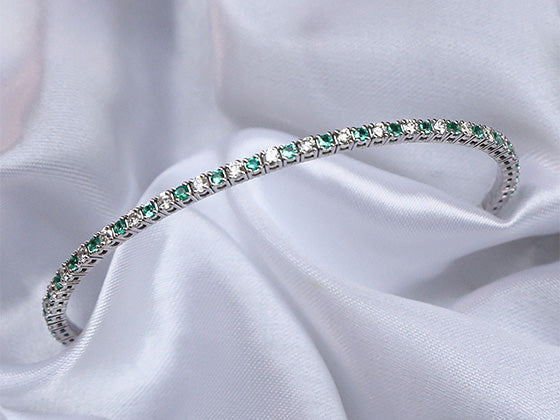

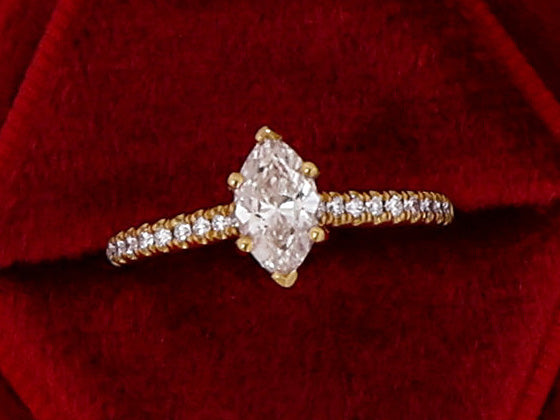
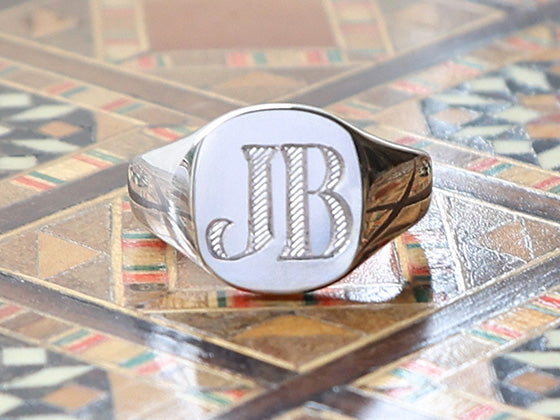
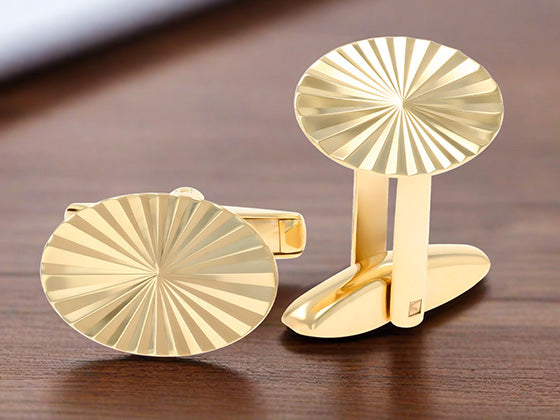
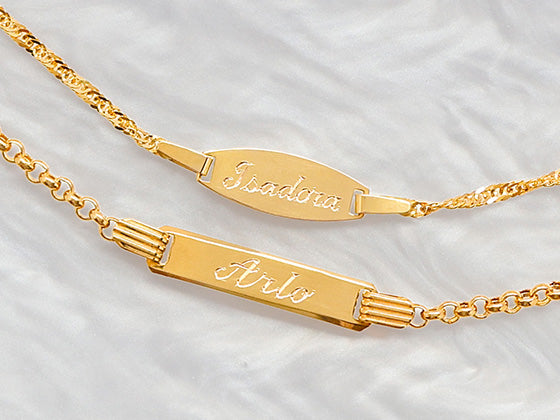
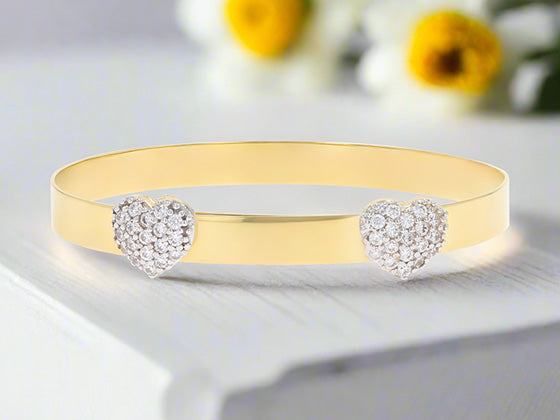
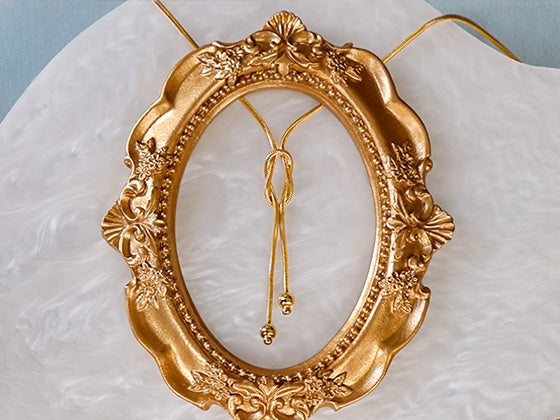
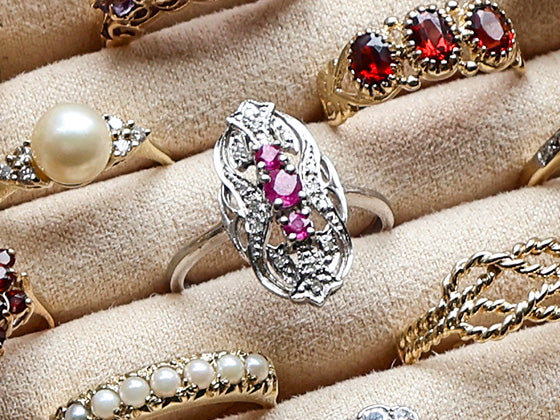
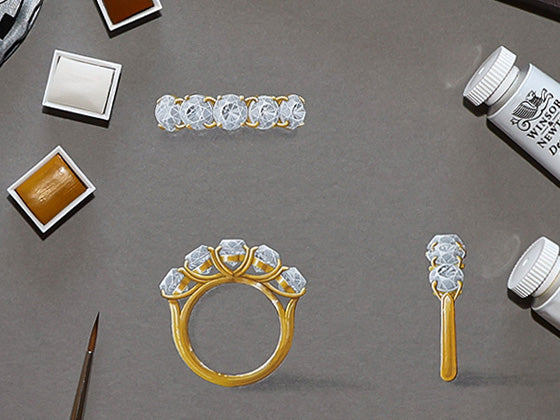

 Contact Us
Contact Us



